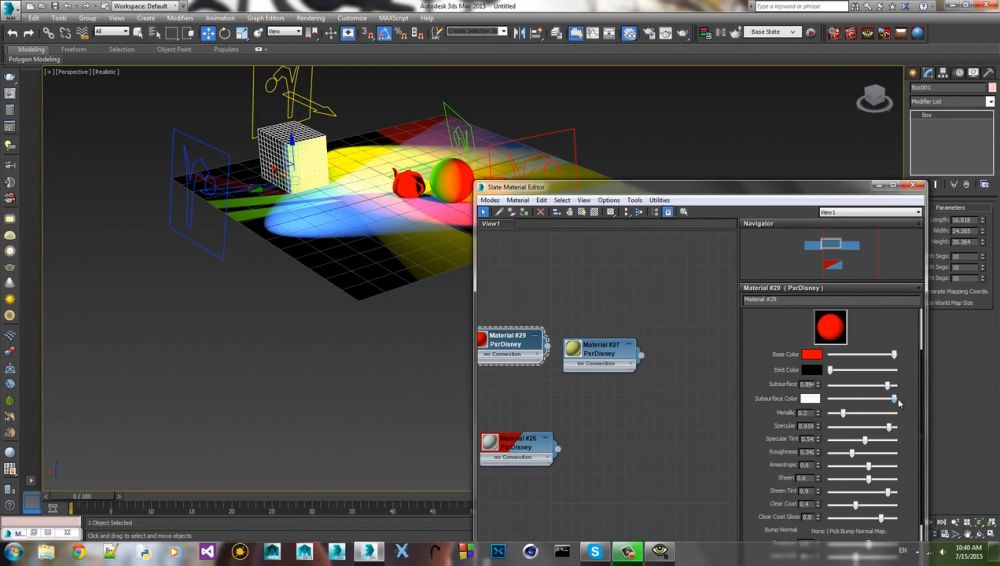
Now I’m sure you’re going to jump straight to the comments and tell me how I'm biased and this is not a completely accurate comparison. Not only will that give you a better understanding of rendering in general, but it will also increase your chances of getting a job. Try all the renderers, and figure out for yourself which you prefer the most. If you use Blender professionally, it's a good idea to stick your fingers in all the pies.
#Renderman 3dsmax full#
Or if you want to just try the paid ones, most of them offer free demo versions, or even full versions for non-commercial use. But luckily, we're spoiled with a choice of excellent free renderers ( RenderMan recently became free too). If 3D is just a hobby for you, forking out $300-$700 probably doesn't sound like much fun.

Because of it's complexity, it has a pretty big learning curve.Very popular, meaning there's lots of tutorials and examples floating around the interwebs.You can even use more than one rendering algorithm at the same time.Extremely tweakable - many algorithms, samplers and settings for each to optimize rendering for both animations and still renders.Why? Because it's the fastest, and most adjustable renderer of them all. and believe me, it was fun.īut before I get to the actual testing, here are a few things you should know about using them with Blender: Price and Blender IntegrationĪmong all of these renderers, V-Ray is by far the most popular. I jumped randomly between each renderer and slowly narrowed down which options were better suited for each scene.Īll in all, it was a bit more than 3 months of testing.

Once I was confident enough, I started to adapt three scenes for the comparison: a car render, an interior, and a scene from a short film. Then I gathered all the information that I could from the official documentation, forums, YouTube videos, etc, and worked out which rendering algorithms from each engine would work the best in different situations. I started by doing simple tests with cubes and monkeys, comparing materials and lighting between each renderer and finding out where the terminology differed. For Octane, a purely GPU renderer, an nvidia GTX 650 was used (*it performs very similarly to the Intel i7 3770).
#Renderman 3dsmax windows#
Naturally, it's not easy to compare all the renderers fairly, so here's how I did it: Testing ProcessĪll the rendering was done using CPU rendering, on an Intel i7 3770 in a desktop with 12 GB of RAM and Windows 7. Cycles has come a long way since we first saw that super cool train demo from Brecht back in 2011, but how does it compare to other path tracing renderers available today? Well in this post, I put cycles to the test against 5 other render engines that can be used with Blender:


 0 kommentar(er)
0 kommentar(er)
